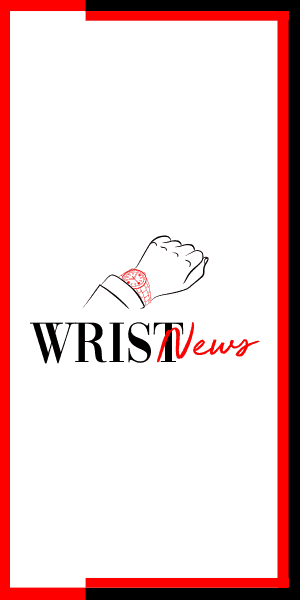Credits: Article and images by Li Ren @ Revolution Watch Magazine. See the original article here - https://revolutionwatch.com/urwerk-ur-112-aggregat-back-to-black/


At first glance, the construction of the case and the complexity of the displays may seem difficult to read, but upon closer examination, you’ll find the time-telling of the UR-112 to be intuitive. The hours and minutes are made of digital discs contained within the glass cylinders, with only the discs carrying the current reading facing outward.
The hours are displayed on the left, where four prisms, each with three faces of hour numerals, take turns cycling through the axis, forming a satellite system. Similar to the satellite cubes display, the satellite prisms have a jumping hours mechanism where the three-dimensional solid rotates instantaneously at the top of the hour and stays in place until the end of the hour.
On the right are the minutes, which are also made of four prisms forming a satellite system, albeit with a simplified mechanism. The prisms rotate continuously instead of jumping, and the printing on the prisms are in five-minute intervals, though a precise reading down to the minute is made possible with a tiny scale and pointer.
Credits: Article and images by Li Ren @ Revolution Watch Magazine. See the original article here - https://revolutionwatch.com/urwerk-ur-112-aggregat-back-to-black/











